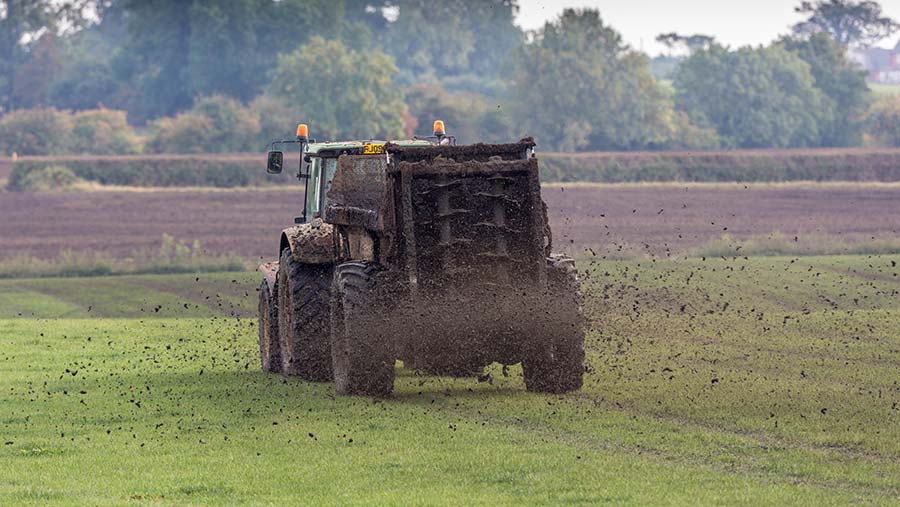Opinion: Farmers key to get best from post-Brexit regulations
 © Tim Scrivener
© Tim Scrivener There’s a lot of talk about a review of agricultural regulations following Brexit.
We’ve been here before, of course. A 2018 report commissioned by then-Defra secretary Michael Gove highlighted there were a colossal 172 acts of parliament and other legal instruments that set standards for farming and land management, five Defra bodies overseeing the sector, and 150,000 farm visits each year by Defra bodies and local authorities.
Long before that, there was the Macdonald report into red tape – so I’m not holding my breath for immediate progress. Clearly, reviews don’t automatically herald improvements, but if ever there was a time when reform is needed it is now.
See also: Environmental Land Management scheme – what we know so far
Farmers have had nearly 15 years of cross-compliance, while nitrate vulnerable zones (NVZs) have been with us a little longer – yet still we face a system riddled with duplication, inconsistencies, at times incomprehensible rules and often unfair penalties.
If real change is to be felt on the ground, it’s not just the rules that need to change, it’s the whole practical and cultural approach of the organisations administering the schemes.
Such bodies could learn much from how farm assurance schemes operate. They worked out what constituted good practice then devised clear, sensible goals that achieve it.
The process is relatively quick, consistent and comprehensive, it’s underpinned by good IT, and it delivers a meaningful result for farmers.
Conversely, the Rural Payments Agency, the Environment Agency, Natural England and Trading Standards all too often expect farmers to follow baffling rules, while demonstrating inconsistency and a slowness to respond or pay, which is infuriating.
Perhaps it’s because they rely on seemingly flaky IT? Perhaps it’s because they don’t have the same commercial agenda as farm assurance?
Nowhere are the inconsistencies more apparent than when it comes to inspections. Currently, individual farmers are either inspected too frequently or too infrequently, with too much variability within the actual process.
Currently, individual farmers are either inspected too frequently or too infrequently, with too much variability within the actual process.
The inspectors themselves are fair-minded people, but there is no uniformity of approach.
Some forensically examine certain aspects which others virtually ignore. Some are big on detail, others are not.
The follow-up after inspections is hard to predict. Rules should be evenly invigilated. Frankly, the process is unfit for purpose.
Farming is at a crossroads. We are in a world of reduced choices in our agchem armoury, with big change to cultivations and crop cover.
New methods, partly driven by changing weather patterns, and society’s new expectations means the regulatory landscape will evolve.
Some legislation, of course, has laudable objectives and has worked well. NVZs, although complicated, have been almost entirely a force for good in terms of reducing pollution.
We certainly won’t see a bonfire of red tape. In fact, we’re likely to see many new regulations, with a heavy emphasis on ammonia, carbon and soil.
Nitrate and potassium vulnerable zones could also be introduced.
However, if farmers are to be expected to comply with this legislation, then they have the right to expect regulations that are clear, as simple as is practically possible, and are consistently implemented and fairly, evenly enforced.
After attending countless inspections, I have formed the opinion that, when it comes to holding power, farmers have very little, officials have much more – and the weather of course has the most of all.
Charles Mayson is chairman of CXCS consultants, Herefordshire
